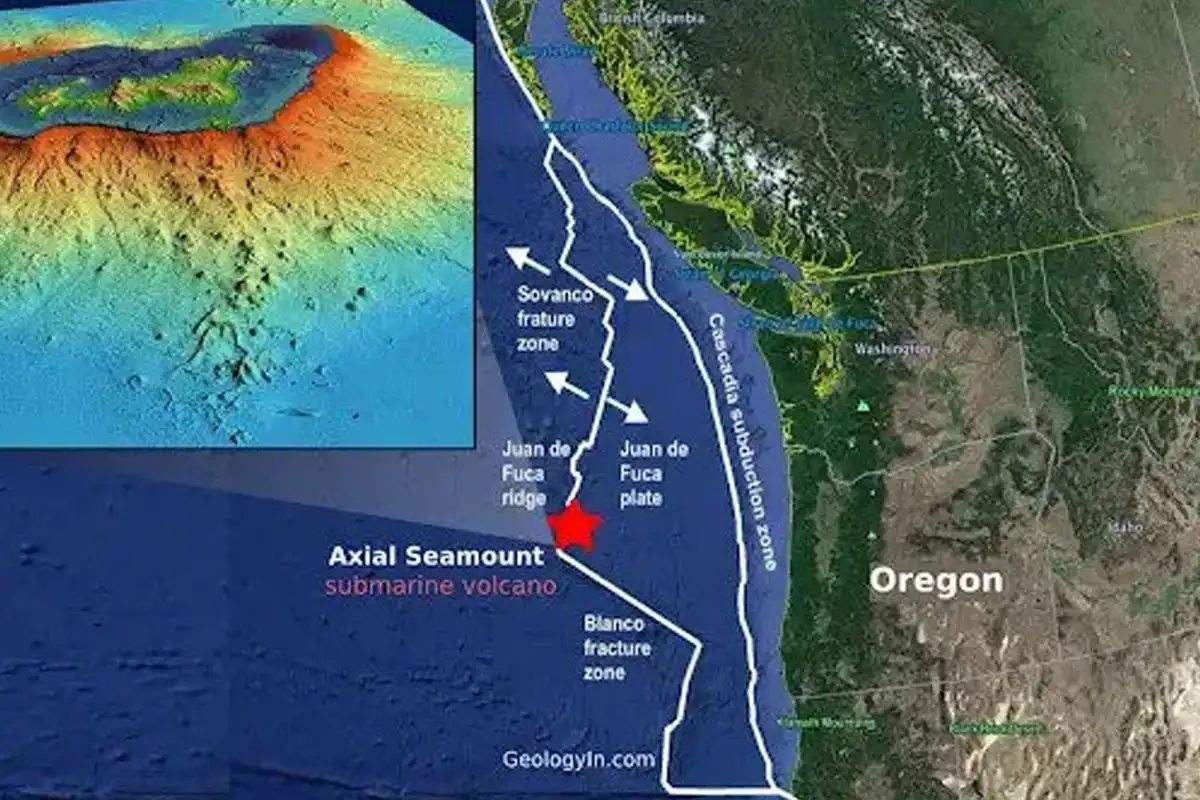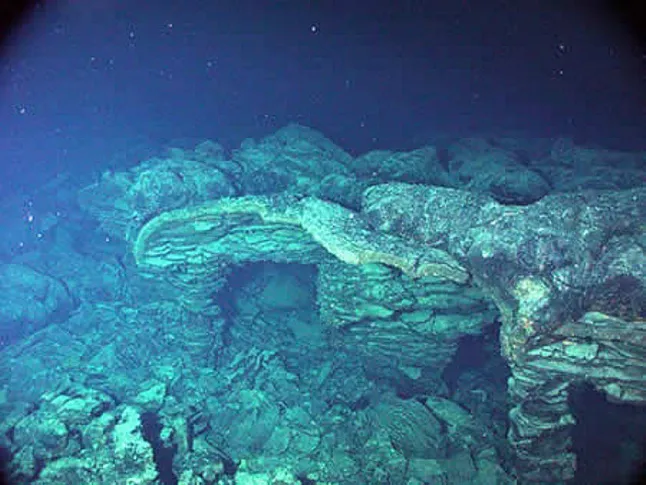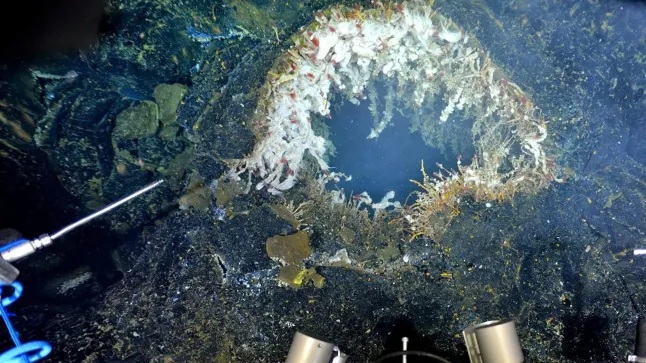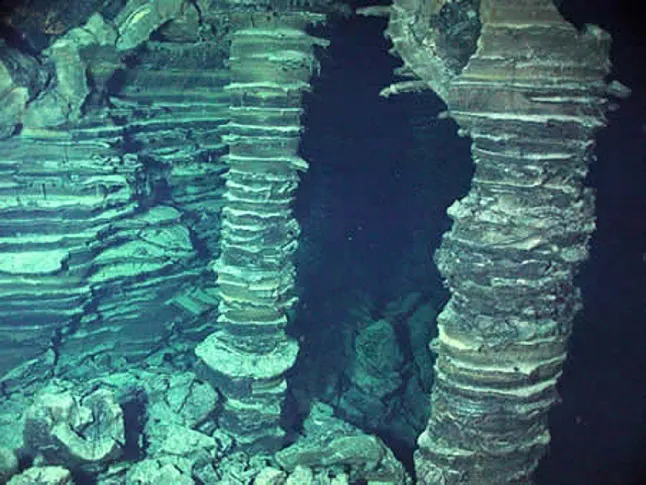Underwater Volcano Near Oregon Could Erupt Soon, Triggering Thousands of Earthquakes

The mile-wide Axial Seamount is 300 miles off the coast of Oregon (Picture: Cabaniss, H.E., Gregg, P.M., Nooner, S.L. et al)
A massive underwater volcano known as the Axial Seamount, located about 300 miles off the coast of Oregon, is showing strong signs that it may erupt soon, scientists warn. If it does, it could trigger thousands of earthquakes and release massive lava flows deep beneath the Pacific Ocean.
Magma Pressure Building Up
Researchers have detected significant swelling of the seafloor above the volcano—an indicator that magma is building up beneath the surface. The Axial Seamount lies more than 4,900 feet below sea level and is part of the Juan de Fuca Ridge, a chain of undersea volcanoes stretching from Oregon to Alaska.
This inflation has now exceeded the levels recorded just before the last eruption in 2015, which set off over 8,000 earthquakes and created lava flows more than 400 feet thick.
Marine geophysicist William Wilcock of the University of Washington noted, “Some researchers have hypothesized that the amount of inflation can predict when the volcano will erupt. That means it could really erupt any day now, if the hypothesis is correct.”
No Danger to People on Land
Despite the scale of the eruption scientists are anticipating, experts emphasize that the eruption poses no danger to humans. The volcano’s depth and distance from shore mean that even the thousands of expected earthquakes will not be felt on land.
Volcano expert Mike Poland, of the Yellowstone Volcano Observatory, explained, “When Axial Seamount erupts, it’ll look a lot like a Hawaiian lava flow eruption—calm effusions of lava flowing out of the caldera and across the seafloor.”
Constant Monitoring and Daily Earthquakes
The Axial Seamount is one of the most closely monitored submarine volcanoes in the world, thanks to its activity and accessibility. Scientists are already observing over 500 earthquake swarms each day, a strong sign that magma is accumulating.
An earthquake swarm refers to a series of small earthquakes of similar strength, not dominated by one large shock. These swarms often precede volcanic eruptions and point to pressure buildup beneath the earth’s crust.
As Wilcock described, when the eruption starts, the build-up of seismic activity will peak over about an hour, followed by magma breaking through to the surface. The quake activity will quickly fade, but lava will continue to flow for several weeks.
Previous Eruptions and Expectations
Axial Seamount last erupted in 2015, and before that in 2011 and 1998. Its regular eruption cycle and high magma supply make it the most active volcano in the Pacific Northwest. Experts have long predicted another eruption by the end of 2025, marking 10 years since the last one.
Geophysicist William Chadwick of Oregon State University explained, “If it’s not erupting, it’s inflating and getting ready for the next one. That’s why we’re constantly monitoring it.”
Risk from Other Underwater Volcanoes
While the Axial Seamount’s eruption may not affect land, other underwater volcanoes have caused serious damage in the past. For instance, the 2022 eruption of the Hunga Tonga volcano triggered a tsunami that caused $90 billion in damages across the Pacific. Tsunami waves reached as far as Japan, North America, New Zealand, and Peru.
Fortunately, scientists believe that Axial Seamount’s structure and location make such a tsunami unlikely.



Catch all the Trending News, Breaking News Event and Trending News Updates on GTV News
Join Our Whatsapp Channel GTV Whatsapp Official Channel to get the Daily News Update & Follow us on Google News.














